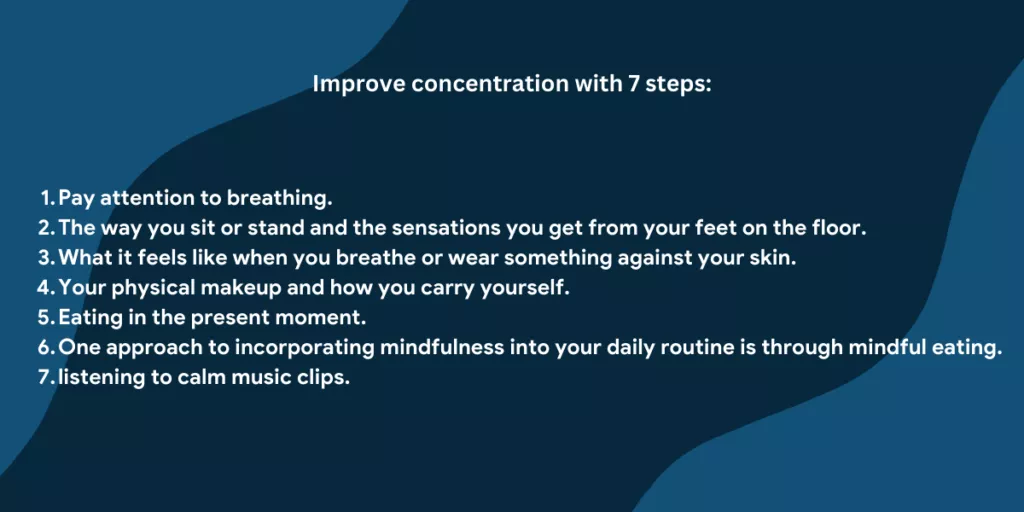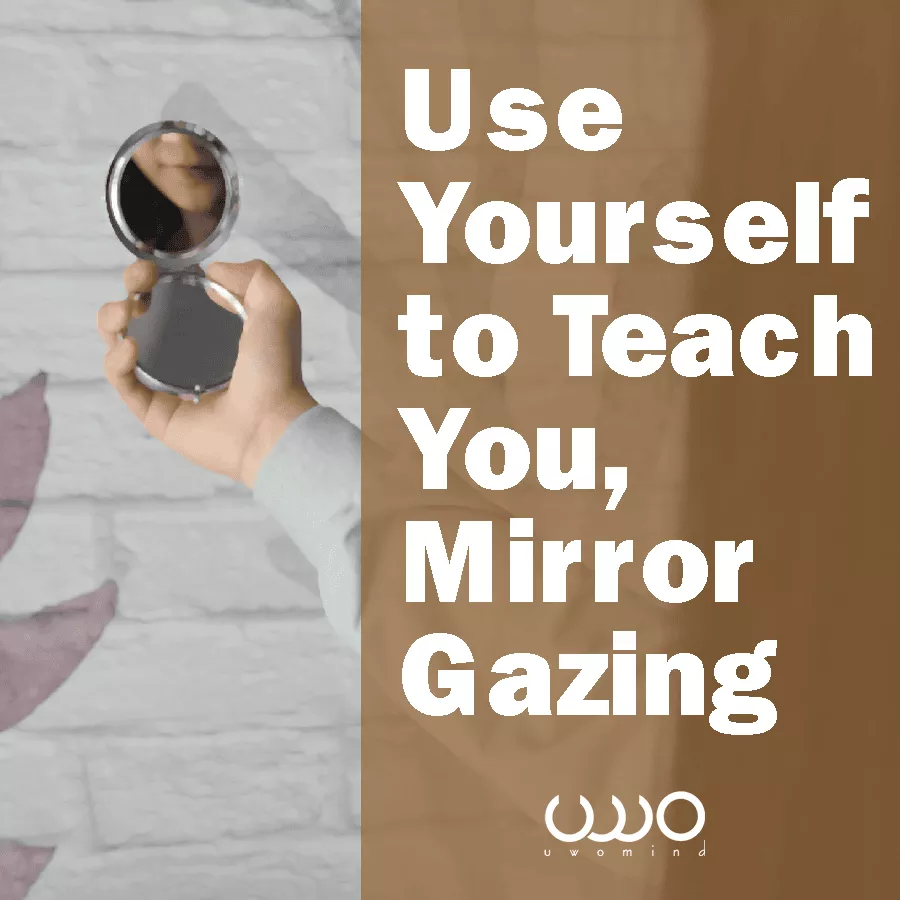Turn Your all Moments into Mindful Moments – Best Way to Live Present
Many of us hurry out the door and into our days without considering how we want things to turn out. Someone or something has irritated you, and you’ve reacted in a way you didn’t intend—in other words, you’ve found yourself behaving in a way you hadn’t expected. It’s not a must to keep repeating the same mistakes. Taking a few minutes here and there during the day to practice mindfulness can make your days better and more by your ideals. There should be mindful moments in our life.
Meditation is frequently the first thing that comes to mind when discussing mindfulness or mindful moments. Is there any other technique to cultivate a state of mindfulness besides meditation to get better at being an observer of the present moment?
Yes! There are many ways to incorporate mindfulness into our daily life. When you learn how to be mindful and develop the practice of doing so, you may discover that you are more present in your everyday life than you have ever been.
Mindfulness has several advantages:
- Increased happiness
- Enhancing one’s physical and mental well-being
What is a Mindful Moment? (A Beginner’s Guide)
The ability to quietly acknowledge and accept your feelings, thoughts, and body sensations in the present moment is utilized as a therapeutic practice.
Mindful Moments in Action: Real-Life Examples of How to Practice Mindfulness
Eat mindfully and savour each mouthful.
Eating can be reduced to the sensations of biting, chewing, and swallowing. Who among us hasn’t unintentionally consumed an entire plate of food without realizing it? That being said, it’s important to remember that eating can be one of the most delightful activities we engage in as human beings, and doing it consciously can make it even more enjoyable.
What are Mindful Activities?
Mindful Activities – The Key to Stress Reduction and Improved Well-Being

Walking meditation is a great way to clear your mind;
walking meditation is exactly what it sounds like: a sort of meditation practiced while walking, typically in a straight line or a circular pattern.
If you’re walking to work, around the neighborhood, or with your kids at the park, you can do it practically anyplace.
Intuitive driving
By paying attention to the weight of the automobile under your feet, road roughness, tire noise, and seat shape and feel against your back, you may actively participate in your driving experience. As a result, you’ll be able to scan your surroundings and become aware of anything from other vehicles and pedestrians to vegetation and skyscrapers. You may even improve your driving skills with enough practice. Stay away from your phone while you’re getting ready in the parking lot, and put your makeup on in the car.
Single-tasking
Multitasking is the polar opposite of single-tasking, as you probably guessed (right!). All you need to do is fully commit to whatever project you’re working on.
If you’re working on the computer, keep your attention focused on one task at a time. Close any browser tabs that aren’t relevant to the project you’re working on, even if you don’t want to. There is a possibility that this can assist in clearing the mind and even produce a laser-like concentration.
Improve concentration with 7 steps:
- Pay attention to breathing.
- The way you sit or stand and the sensations you get from your feet on the floor.
- What it feels like when you breathe or wear something against your skin.
- Your physical makeup and how you carry yourself.
- Eating in the present moment.
- One approach to incorporating mindfulness into your daily routine is through mindful eating.
- listening to calm music clips.
With a few simple mindful eating habits, including listening to the sizzle of your pan and chewing carefully to relish each bite, you can make mealtimes more mindfulness

Inner Harmony: Inspiring Quotes for Peace
Try these More Mindful Eating Ideas:
Use your non-dominant hand to eat instead of your dominant one;
Silence yourself for the first few minutes of your meal so that you can fully appreciate the flavors, scents, and textures of your cuisine.
Turn off the television and put your cell phone aside while you’re consuming your meals.
Growing food mindfully;
Meditation and nature connection go hand in hand when gardening. A simple chore like planting seeds or watering flowers can be a good starting point.
Feel the soil with your hands while doing so. Is it coarse or smooth? Is it wet or dry where you are? Is it hot or cold outside? Be as if you were a kid again and enjoy the procedure as if it were fun.
Don’t think about the weather; instead, pay attention to your senses. Is there cold in the air giving you goosebumps, or are you drenched in perspiration from the blazing sun?
Notice any other living things around you, such as a squirrel or a bird that is chirping. A worm, or roly-poly, is also likely to be found in the soil.
How Do We Lead a Mindful Moment?

Trending Inspiring Quotes and Pictures to Keep You Motivated
Many people associate the term “mindfulness exercises” with “meditation.” Because of this, many people incorrectly believe that meditation is a form of mindfulness. They aren’t, are they?
There are several ways to cultivate mindfulness, and meditation is one of them. There is a difference between awareness and meditation, however. Meditation is a means of cultivating awareness. However, there are a plethora of simple mindfulness exercises out there!
And some are more involved, need less time to learn, and may simply be incorporated into your regular routines.
Mindful Moment Room
The Mindful Moment room is open 24 hours a day, seven days a week. Students can self-refer, or teachers can send disruptive or troubled students for one-on-one emotional self-regulation assistance. Holistic Me after school program participants and HLF Workforce Development participants work in the Room. These collaborations have resulted in several pupils being consistently sent to the Mindful Moment room by school social workers, school nurses, and school psychologists.
There is a visitor record in the Mindful Moment Room, where students are assigned a mindfulness instructor as they arrive. If you’ve previously established an instructor-student relationship at the school, you can ask for that person to be assigned to you. Five minutes of focused talk followed by 15 minutes of mindfulness practice has been the format we’ve embraced as best practice for handling student recommendations.
The student’s needs are taken into consideration when recommending a mindfulness practice, or if the student requests it. Breathing exercises are most commonly used, but yoga may be necessary for some situations. Students are permitted to return to class after spending 20 minutes in the Mindful Moment Room. Due to the severity of a circumstance, students may be held longer.
Find Your Inner Peace with Mindful Moments Cards and Boards
The Mindful Moments cards are easy to use and incorporate into your daily life, despite their profound and dramatic results.
Select a card that catches your eye, or one that feels right to you, or pick one at random. There is a lovely piece of artwork to accompany the instructions for each activity on a card.
Then all you have to do is make a daily commitment to your chosen activity. You’ll begin to see big changes over time. As a result, you may be more present with your family, less reactive, sleep better, worry less about the future, or simply be happier.




